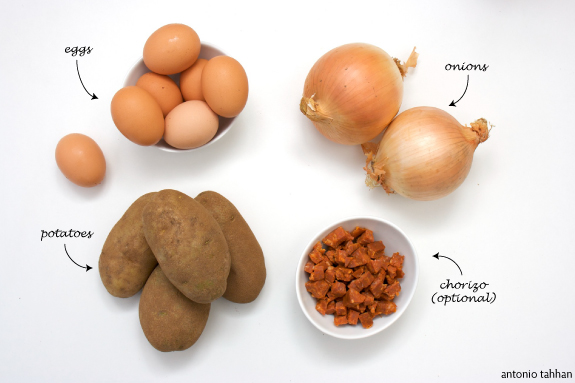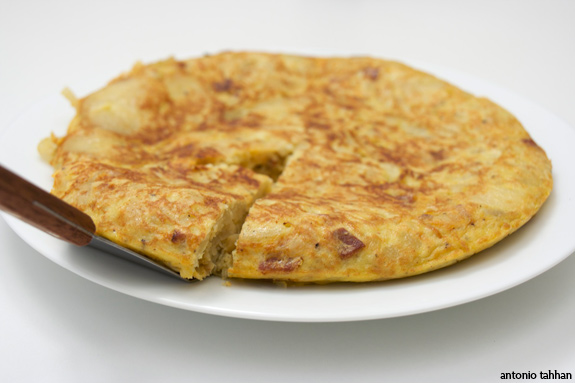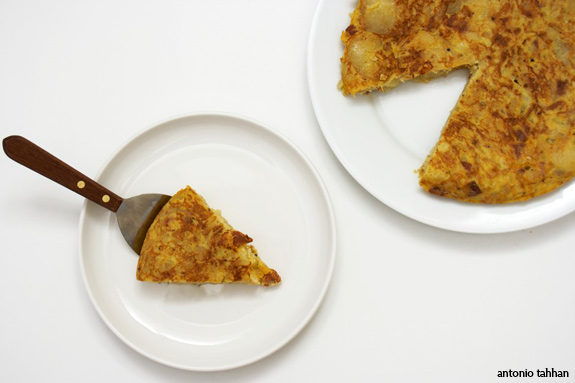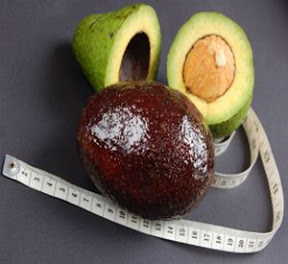Awakening Beauty- Book Giveaway !
Saturday, January 30, 2010
Posted by Dee
Who doesn’t want to be beautiful ? Admit it or not , all of us want to be beautiful , Last year while I was visiting family in India , my 14 year old niece had asked me at least 35 times if she looked beautiful and when I told her that she was indeed beautiful, she was ecstatic. I am the best aunt she ever has !
Often , we forget how beautiful we are , so much so that I am surprised when people tell me I look pretty , I must admit I really feel weird when someone compliments me on my looks or skin may be because I think certain aspects of my face are not so good or even ugly. While I was reading this book , It really occurred to me that I as an individual should embrace all that I have , restore peace and harmony and love myself in order to feel whole and really feel beautiful inside and out.
Most of us lead hectic lives , a fantastic career , great kids and family structure , busy weekends , girls night outs , you name it we do it , but how many of us , stop for a minute , look at ourselves and say “I am taking good care of myself , I am happy and content , I eat well , I take care of my body , my skin and my face “ ? How many of us set apart a certain amount of time everyday just for ourselves ? Well , I’m sure not many of us ! We , women tend to put our kids , family and career first than ourselves , we are programmed that way ! But if even one person, after reading this article , puts away some time for herself everyday, Id be the happiest !
Listen to the warning signs that work against your rhythm , listen to the Hungry , Angry , Lonely , Tired (HALT) signs and work in communion with your rhythms. Remember that your life is supported by your rhythms and cause it to unfold. By understanding your rhythms, you develop a sense of self , an ever- increasing capacity for genuine love and an ever – unfolding beauty.
What are rhythms ?
Rhythms are nothing but the gentle waves of your inner world which is alive with thoughts and feelings.
How do you recognize rhythm ?
Sometimes by doing nothing and relaxing and gently breathing . A simple way to bring order in your rhythm is to bring order in your environment like cleaning and de cluttering the space around you , enjoying the beauty of nature , most importantly giving time to yourself and trying to cleanse your mind of the negative thoughts that are clouding you.
I truly believe what goes into your stomach should mostly be organic and local. I also believe what you apply on your face also has to be organic. I am willing to cut back on other things which are not so important and spend on things that I use for my skin everyday ! I support cosmetics which have ingredients grown bio dynamically or organic in nature.
What is biodynamic farming?
Biodynamic farming was introduced by Rudolf Steiner , an esotericist, philosopher , thinker , It is a scientific use of crop rotation , composting, integrated soil , crop and pest management keeping in mind the health of the ecosystem and in the early twentieth century
Biological practices banned all the use of synthetic substances such as pesticides and fertilizers chemical in nature and sustainable practices like using green manure , composting , cover crops , crop rotation and companion planting were incorporated.
Dynamic practices included intentions to increase the life force of earth and the farm in general. Some practices were herbal remedies or preparations applied to the soil, the leaves of the plant and compost of the plants to make the plants grow healthier and stronger.
Out of the biodynamic farming was born the organic movement.
Boosting your life force for energy and beauty
Rudolf Steiner says there is an energetic connection between people.Our thoughts , emotions and words are bundles of etheric energy. Susan West kurz , who is the author of Awakening beauty gives us some great insight into this .
She says “ Everyone who touches you with love , care or compassion elevates your life energy and contributes to your health and beauty. The opposite is also true.
Some tips to strengthen our health, improve our lives and develop our beauty.
1.Spend some time in Nature
2.Eat unprocessed plant food
3.Express gratitude and love throughtout the day especially when you drink water or bathe or shower. Water is a powerful healing medium.
4,Dance or do rhythmic exercise
5. Seek out therauptic massage and healing touch like Reiki and acupuncture.
6. Listen to beautiful , harmonious music
7. Use skin care products made of pure plant substances, preferably grown biodynamically or organically
8. Practice rhythm
In spite of all this aging is inevitable , which means we need to be more and more conscious o exposing ourselves to the sources of healing and beauty. The reason being when you reach your thirties , forties and fifties , the life force turns its attention from the physical body towards your internal development , namely wisdom , spiritual development. Therefore your health and beauty depend on the wisdom of choices and how well you care for yourself, both internally and externally.
Thank you all for taking a moment and reading what I wrote. I have written just a fraction of what I have read and understood from this book. All I can say is Take good care of yourself. Truly believe that sometimes if you have to put yourself first ,then you should do it in order to become a better person. I am speaking from experience, I have a 10 month old baby and its no small task to care for her , I have signed away my life to her and I am the happiest about it. I believe if I take care of myself , I can do a better job in taking care of her .
We , The Daily tiffin team are giving away Awakening Beauty – Dr Hauschka Way by Susan West Kurz with Tom Monte . Please leave a comment in the below comments section. Meeta and I will pick up the winner randomly and inform the winner and post the book in 7 days. Last date for leaving a comment is 25th Feb 2009.
Check out more details of the book on Amazon
The book has a lot of information about
Sustainable beauty practices.
Details about specific healing conditions.
The advantages of using plant products especially from Biodynamic and organic farms.
Great recipes for facial scrubs and best of all over 60 recipes for a healthy skin and beauty.
Note: Awakening beauty was used for reference and the above content is picked from the book. Thank you to Cercone Brown & Co, the publishers for sending us the book.
This post was written by Dee
Are you interested in contributing to The Daily Tiffin? Drop us an email: thedailytiffin@gmail.com. We look forward to hearing your ideas.

























